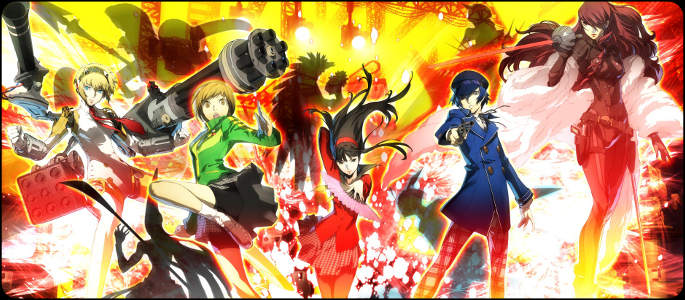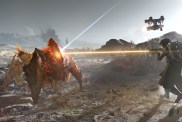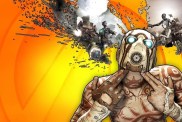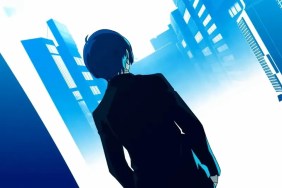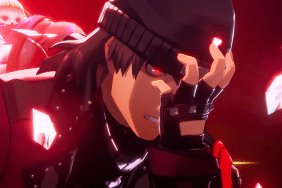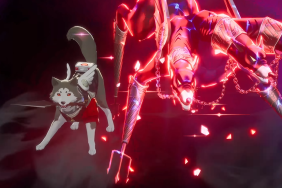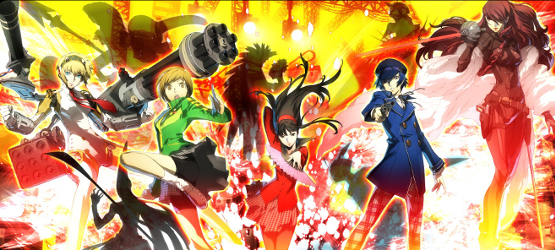
Have you ever returned somewhere a short while later and seen it in an entirely different light? Have you ever had deja vu? These phenomena are regular occurrences in our day to day lives, but I don’t think I’ve ever seen things as differently as Atlus has in returning to the cast and setting of Persona 4.
The PlayStation 2’s much-loved JRPG is getting a new lease on life courtesy developers Arc System Works. Instead of dungeon crawling, leveling, Persona collecting, and role-playing, Persona 4: Arena pits the cast of both Persona 3 and 4 against each other in a battle to prove the “manliest of all men.”
That’s not to say you’ll be limited to the muscle brained fighters popularized by the likes of Street Fighter, Tekken, and Mortal Kombat. In fact, Arc System Works and Atlus have found themselves a match made in heaven: The vibrant characters of the Persona series will face off in an Anime-styled 2D fighter reminiscent of BlazBlue and Guilty Gear.
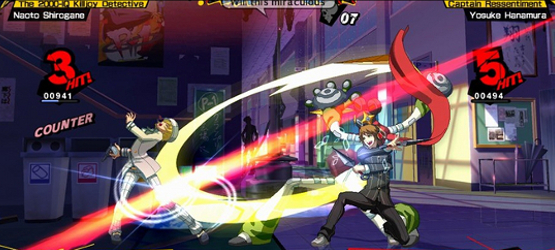
The similarities won’t be surprising for anyone familiar with Arc’s pedigree. They’ve been churning out 2D fighters since their first Guilty Gear in 1998. As entertaining and other-worldly as those characters were, I never managed to care for them as I do the cast of Persona 3 and 4. They were “sword guy,” “witch guitar lady,” and “transvestite.”
Persona 4: Arena gathers Akihiko, Mitsuru, and Aigis with the P4 cast, from Chie all the way to Teddie. Each character brings with them their signature Persona, used in combat for powerful magic attacks and extending combos. What’s more, Story mode envelops even more characters from P4, including Rise (as our friendly announcer) and kid-sister Nanako.
Knowing who these people and what their motivations are help to drive the player through the lengthy story mode. I’m not sure it’s 30 hours long as Atlus has claimed, but you’ll view the TV-world tournament from every character’s point of view, complete with tons of voiced dialog. If Story mode is lacking anything, it’s actual gameplay.
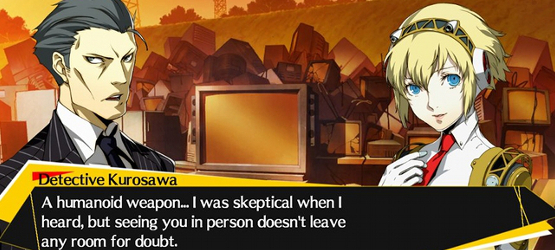
Fights last one round and there are only a handful per character, making the experience feel like a ton of fluff. Beyond that, every character has a much more gameplay-centric Arcade campaign to play through and 30 challenge levels to master combos with, but who cares about all that? How does the damn game play?
Persona 4: Arena takes equal parts Capcom Vs SNK, BlazBlue, and a dash of button mashing to equally satisfy fighting genre new comers and tier-listers alike. While many anime-style fighting games can feel obtuse and confusing for newbies, Atlus is well aware that many players will pick up P4: Arena as fans of P4 proper.
To accommodate, Arc System Works has simplified a bread-and-butter combo for every character into five consecutive single-button presses. You can spam this “Auto-Combo” all you like, but know that misses and abuse can be punished by knowledgeable opponents or late-game CPU adversaries.
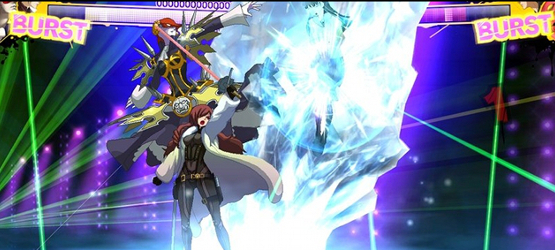
In addition to the auto-combo, Arena allows players to summon their Persona partners as they would a support character in the Marvel Vs Capcom series. Personas can put distance between you and an opponent, lead you into lengthy combos, or just run interference as you dodge and recover. Combining Personas with spacing-games will allow you to absolutely demolish the competition, so knowing what moves your magical ally has is key.
Perhaps the best thing about Persona 4: Arena is the dedicated balancing Arc System Works has done. Choosing a character to play as won’t be determined by tier lists so much as who looks the coolest or who you’ve maxed a Social Link with in other Persona games.
There will surely be favorites, but every character seems to hold their own. Kanji Tatsumi is lumbering and slow, but incredibly powerful. Yosuke Hanamura is nimble and weak, but really easy to pick up and sprint around with. Chie Satonaka uses kicks in combination with her Persona, but that doesn’t mean she’ll run circles around you.
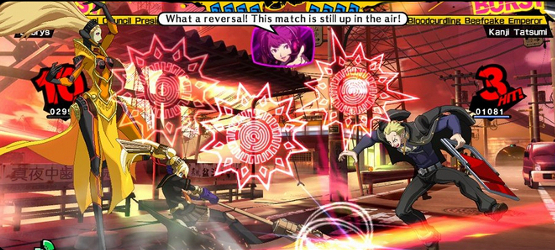
Finally, Arc System Works maintains their legacy of stable, reliable netcode in P4: Arena‘s online modes. Joining a room allows you to rotate in and out of competition as in the arcades and replays let you study where you went wrong and where the other guy went right. I played the game before its American release for review and bemoaned the long list of Japanese rooms.
Luckily, finding an empty slot was the only hiccup. It seems like, whether the game takes off in America, there’ll be plenty of people playing online around the world for a long time to come. Combining that international community with a laundry list of unlocks, palette swaps, and service for long-time Persona fans, and there’s little to complain about in P4: Arena.
While I’m sure the title won’t be for everyone, it’s accessible enough for those flocking to the title from the popular JRPG games and deep enough for fighting game fanatics. Amongst all the Personas and robot-women, there’s a certain to be had in button mashing with a friend and banging out a newbie Auto-Combo.
Persona 4: Arena might not have the best Story Mode (that title is still held by 2011’s Mortal Kombat), but it is worthy of your time, money, and fandom. Learning a character’s combos and special abilities is complimented by learning their innermost motivations and fears. These are fighters you can care about, and this is a fighting game everyone should play.
-
Tons of content and fan service.
-
Accessible and deep.
-
More story than game in Story Mode.
